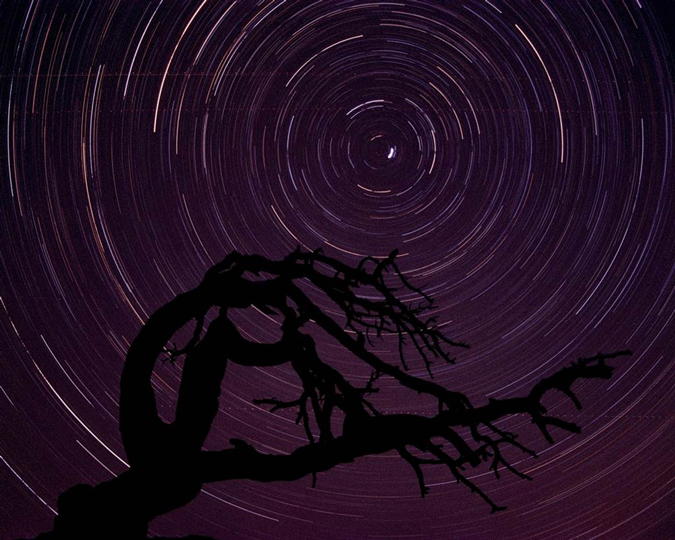Last updated: December 23, 2024
Article
I Didn't Know That!: Winter Solstice

What is the Winter Solstice?
The beginning of winter is marked by the winter solstice. It’s also the shortest day and longest night of the year in the northern hemisphere.

Photo credit: Christine Loberg
The summer and winter solstices are caused when the Earth’s tilt toward and away from the sun are at their maximum. During the winter solstice, the Earth’s axis is tilted at its furthest point away from the sun. This means the sun is at its lowest point in the sky. The noontime sun doesn’t get quite as high and the day “feels" darker. Have you ever noticed that the sun’s rays don’t feel quite as strong during the winter?
During the summer solstice the Earth is tilted toward the sun putting it at its highest elevation in the sky resulting in the longest day of the year. Learn even more about the winter solstice.

Photo courtesy of National Weather Service, National Oceanic and Atmospheric Administration
Traditionally, summer and winter solstice help mark the changing of the seasons.
Many cultures view the winter solstice as a time for rebirth and celebration.
Do you have a tradition that you celebrate on the solstice?
How can I enjoy the Winter Solstice?
Take advantage of the day!
- Check out this winter listicle for ways to experience winter wonderlands of all types.
- Take a walk and notice the beginnings of winter. Follow these winter walking tips.
- Take a drive and soak up any sun through your car windows! Follow these winter driving tips.
- Visit your favorite national park and notice how the light hits the landscape. See if your park offers a winter solstice program — some parks have day and night events!

NPS Photo
Enjoy the night!
The long night is a great opportunity to look up and enjoy the stars. You can stargaze at a park or at home, follow these tips to make the most out of exploring night skies.
As you enjoy the night, contemplate the quiet of nature, the stars in the sky, and the promise of more sunlight each day until the summer solstice in June.
I Didn't Know That! Winter Solstice
A graphic shows the path of Earth orbiting the sun. Going left to right: The Earth is tited away from the sun at a 23.5 degree angle, December 21-22 Winter Solstice > March 20-21 Vernal Equinox > The Earth is tilted toward the sun, June 20-22 Summer Solstice > September 22-23 Autumnal Equinox
Text reads:
The beginning of winter is marked by the winter solstice.
During the winter solstice, Earth's axis is tilted away from the sun giving us the shortest day and longest night of the year.
Enjoy the winter solstice!
- Enjoy the night and look up at the stars
- Seize the daylight and spend time outside in the sun
- Notice any changes of winter around you

